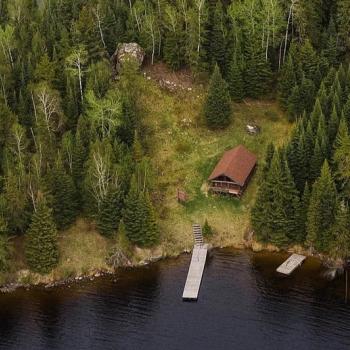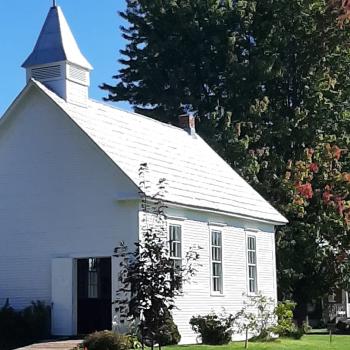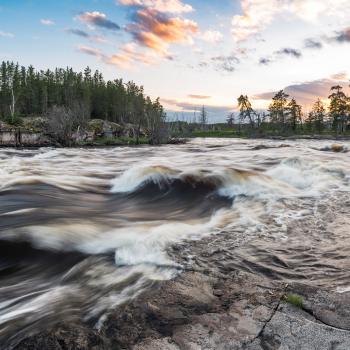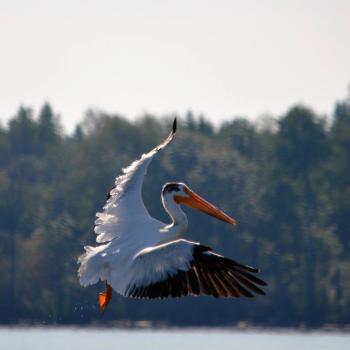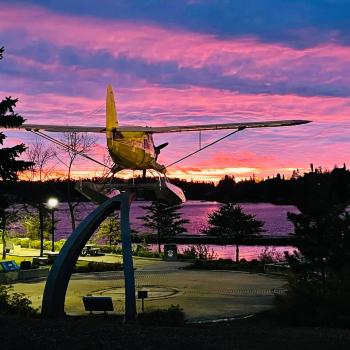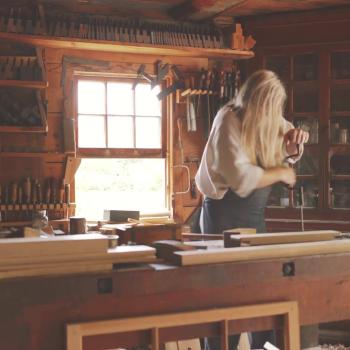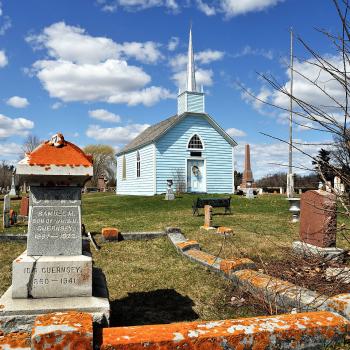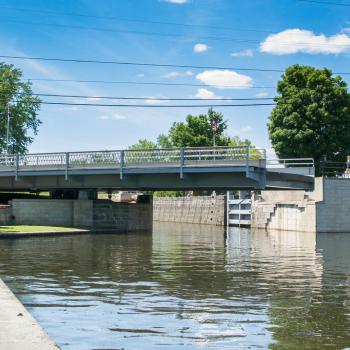Vested Interest Trading Co.
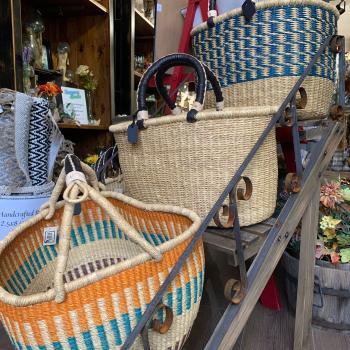
Vested Interest houses both sustainable and fair-trade wares and foodstuffs—including over 300 gluten-free foods—from both local creators and international artisan families from countries like Indonesia, Nepal and Thailand, and has been in operation for almost 30 years. It is recommended to allow at least an hour to explore this beautiful barn-style shop.
